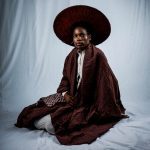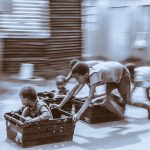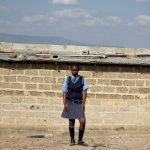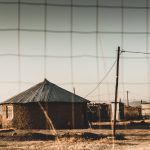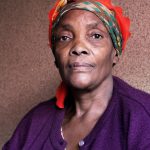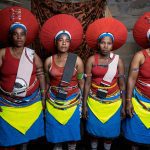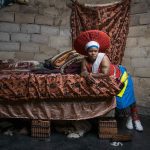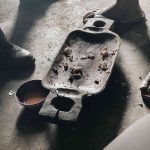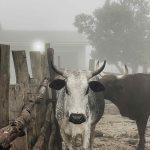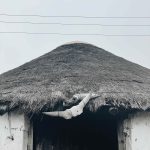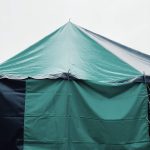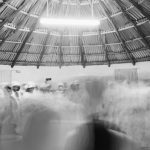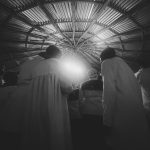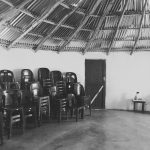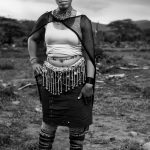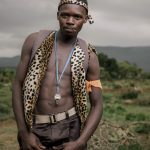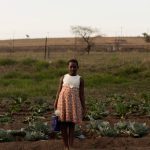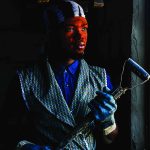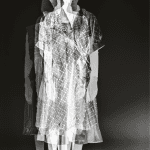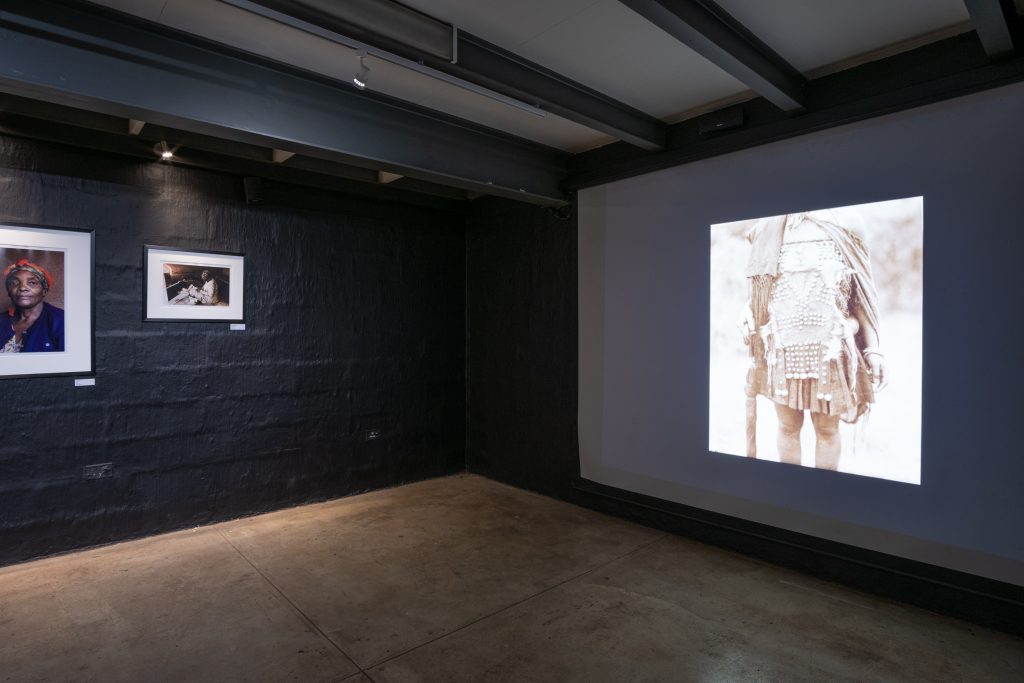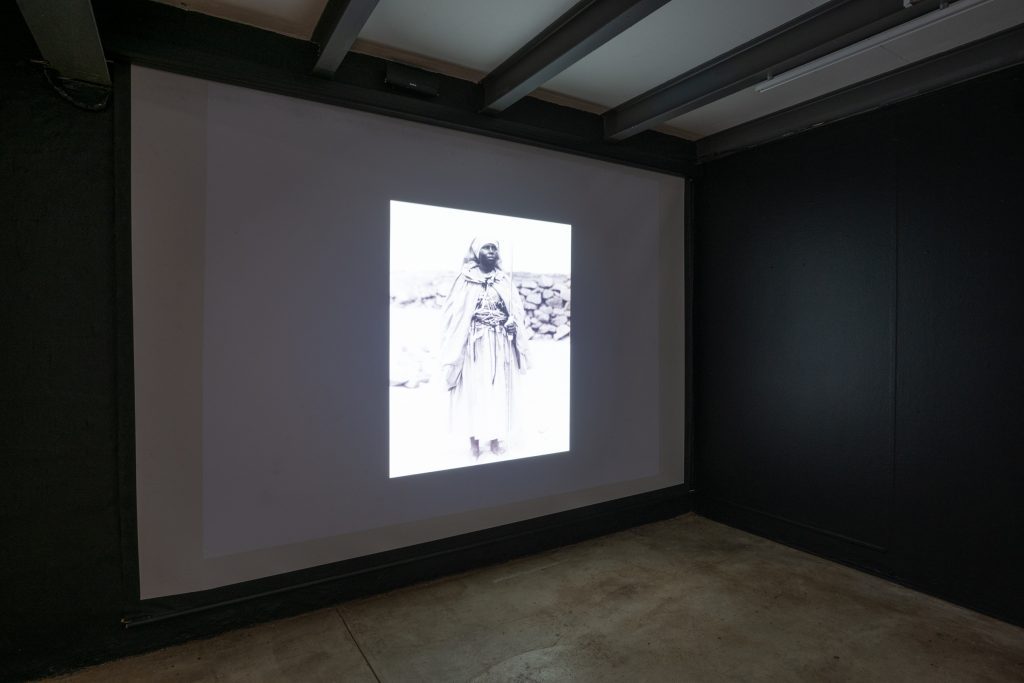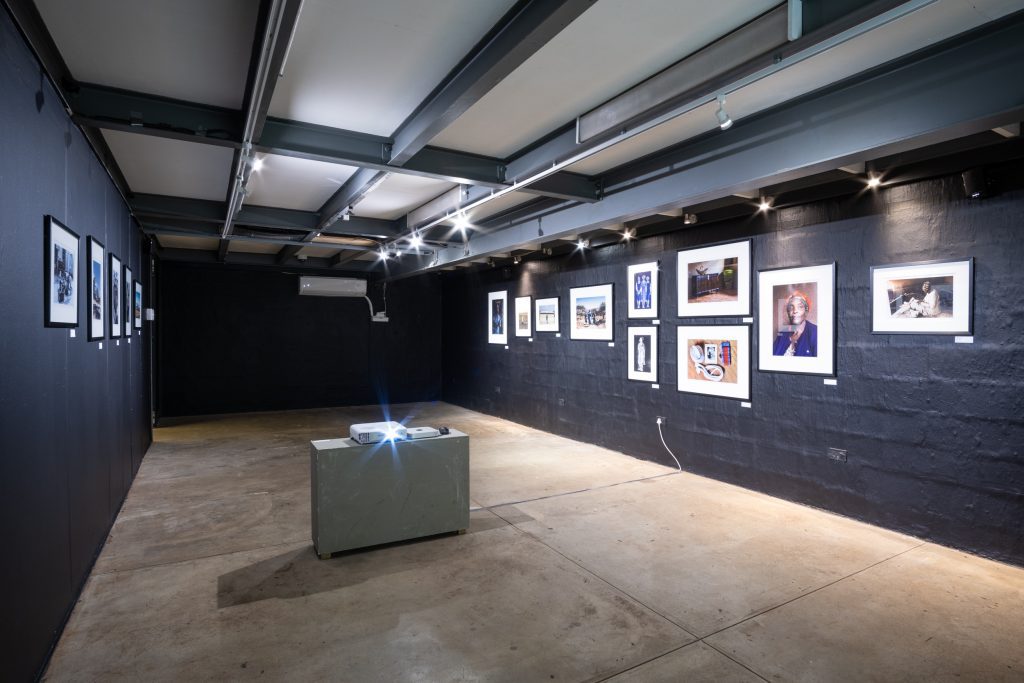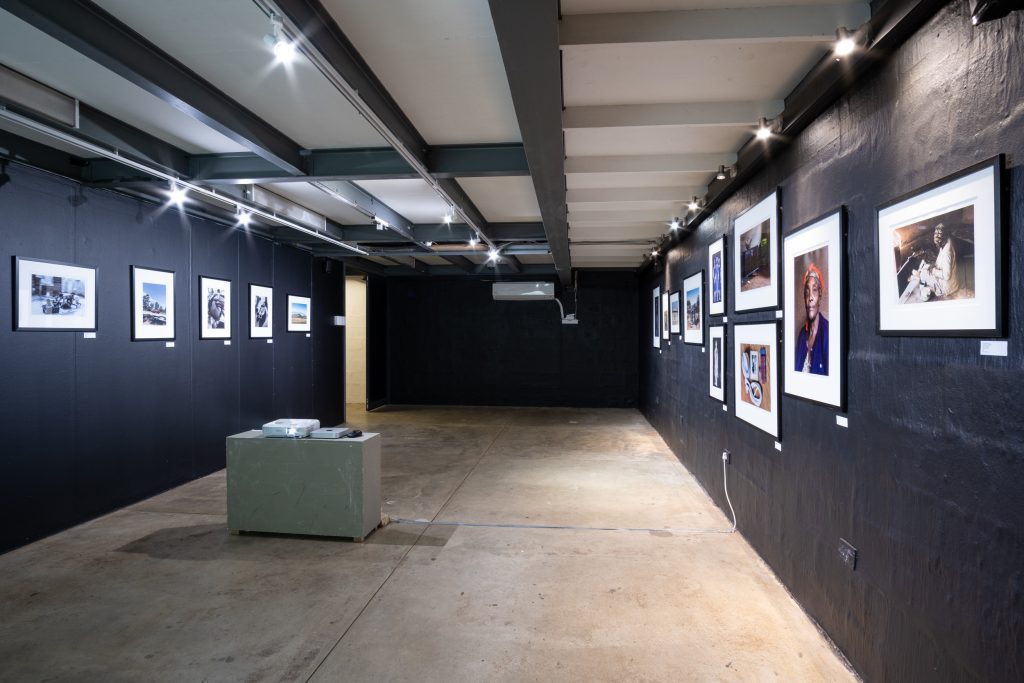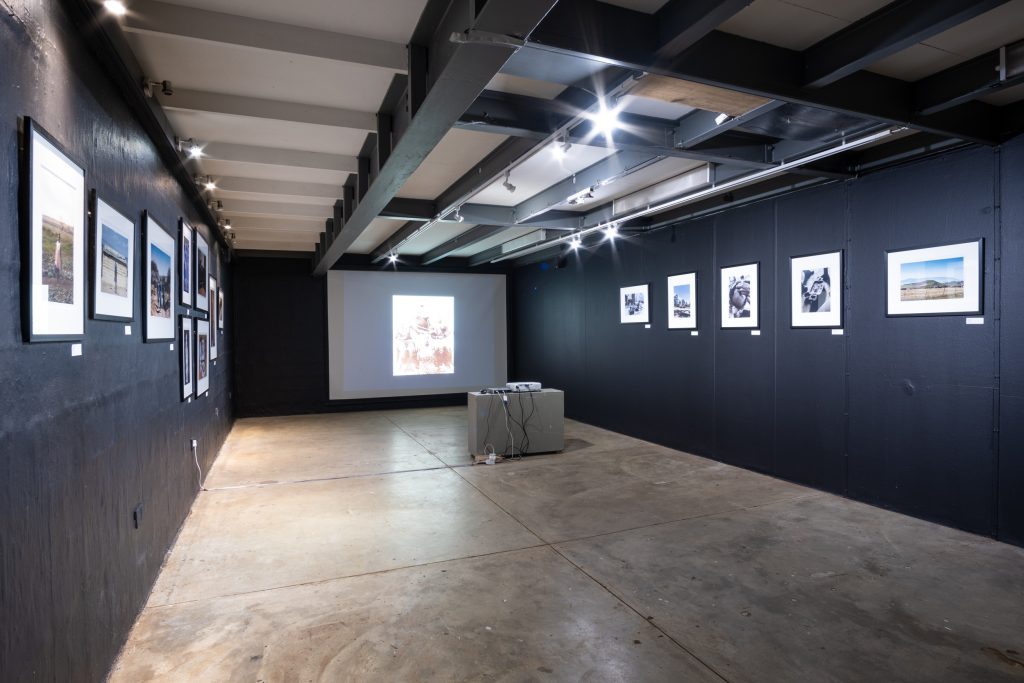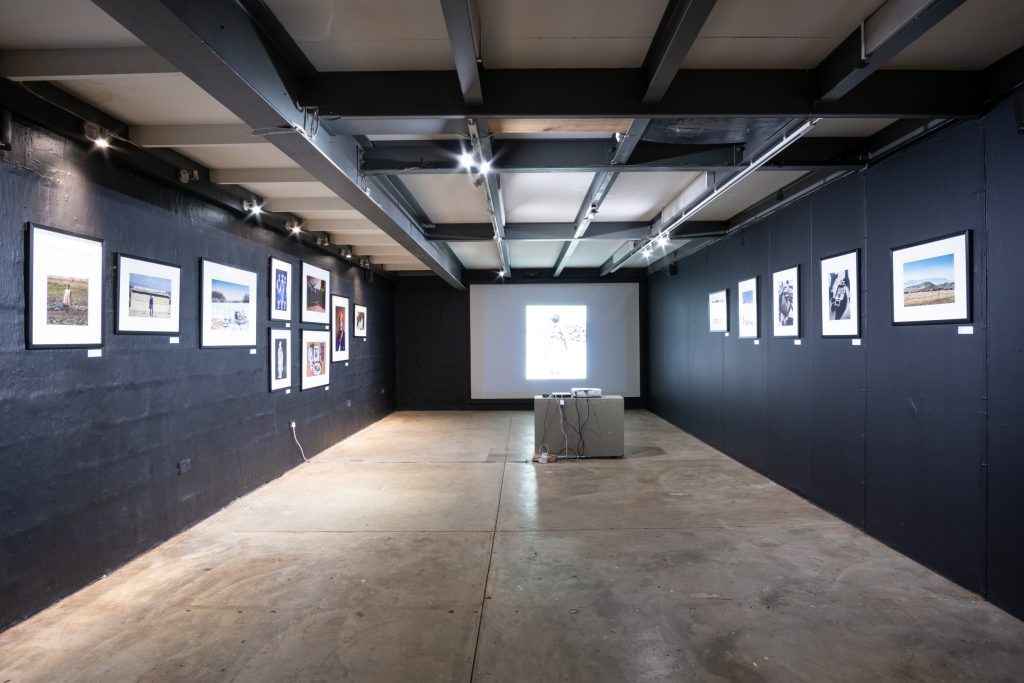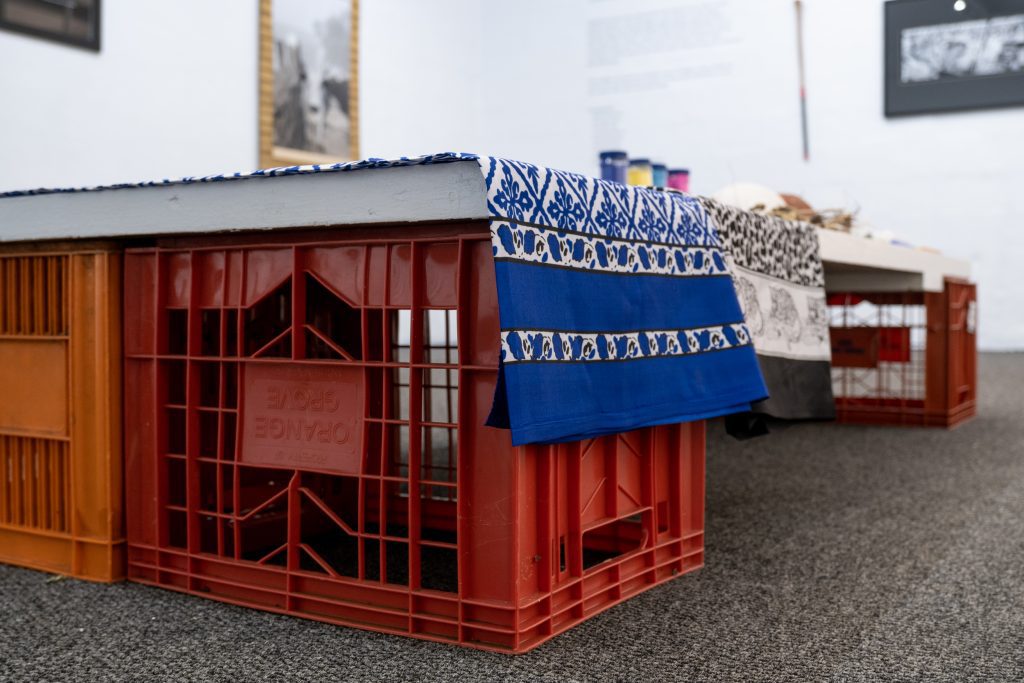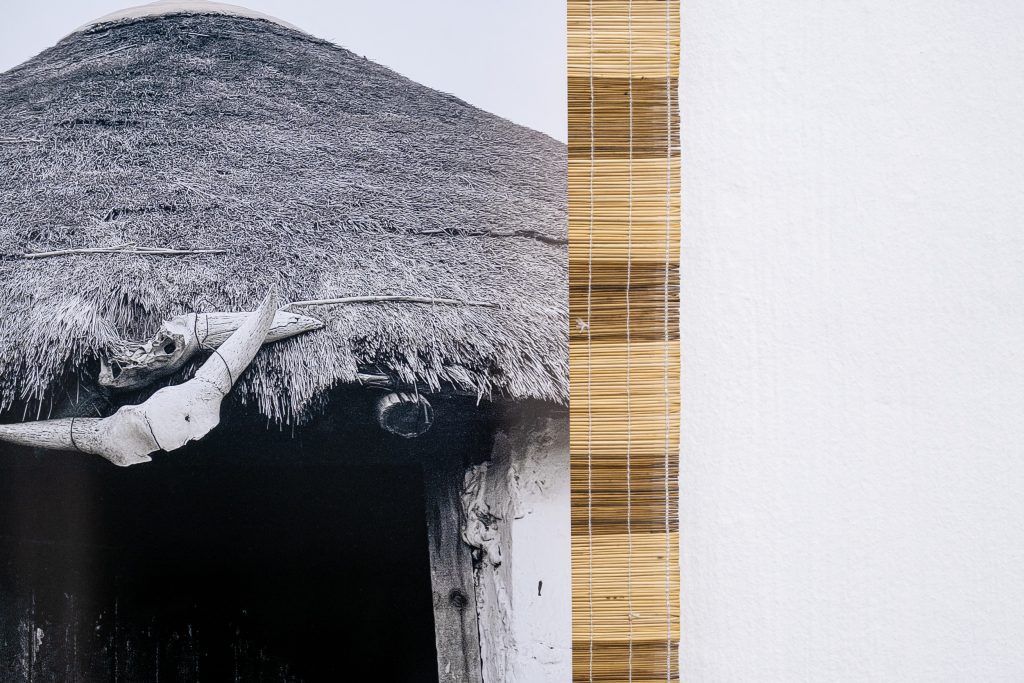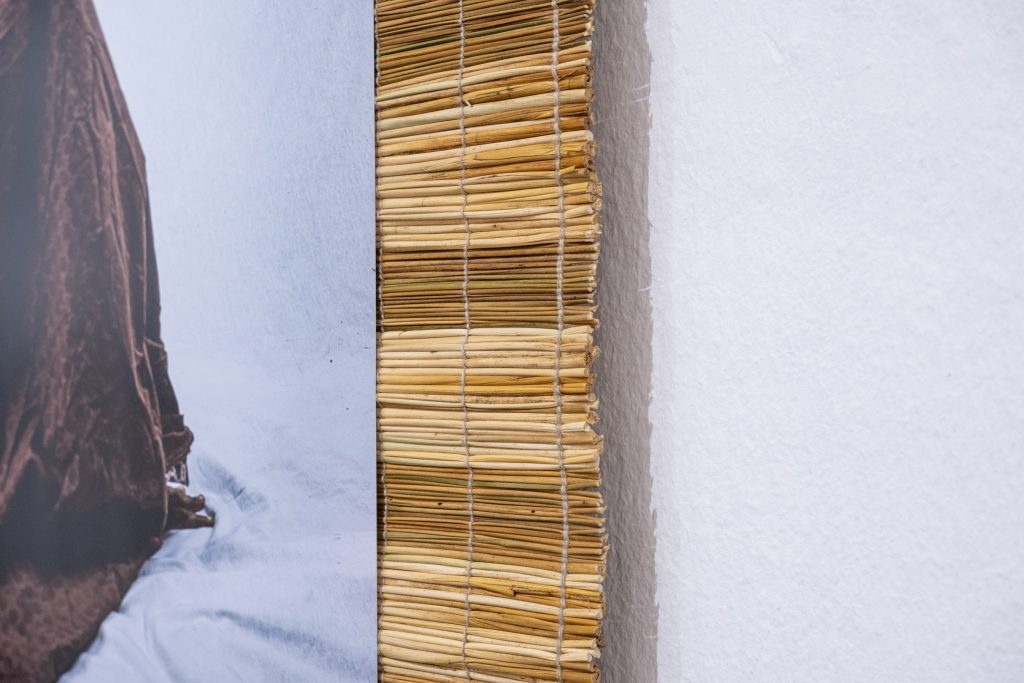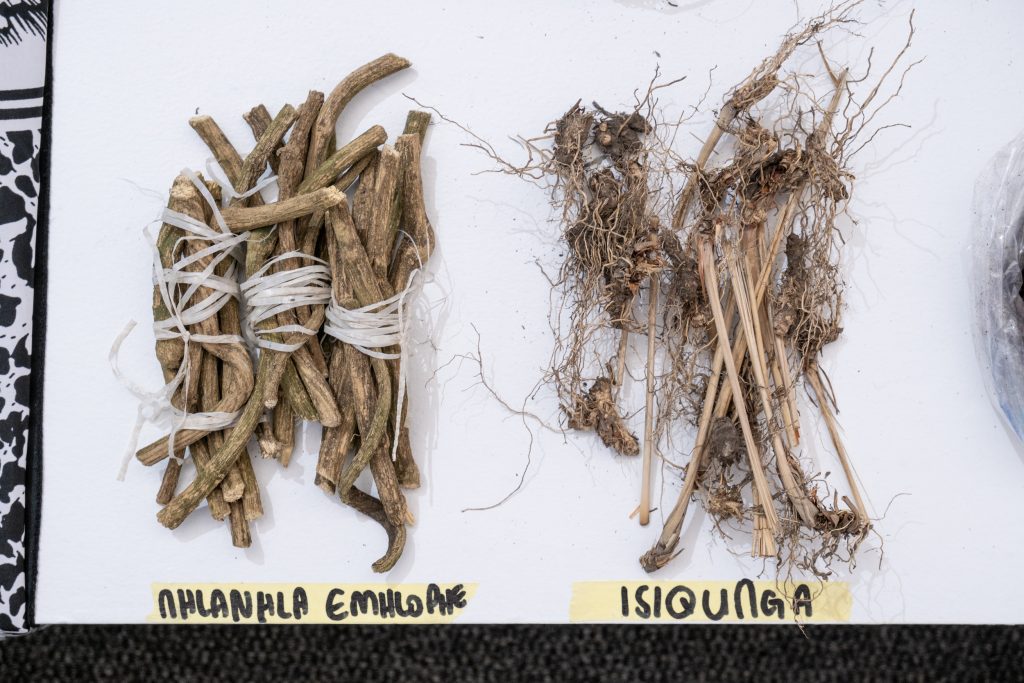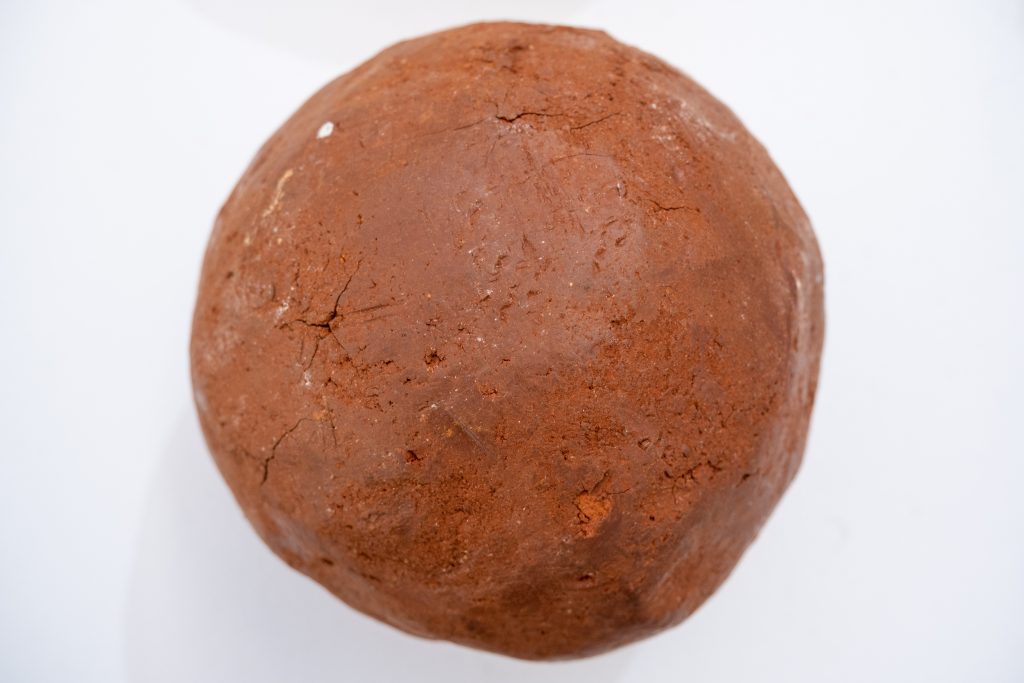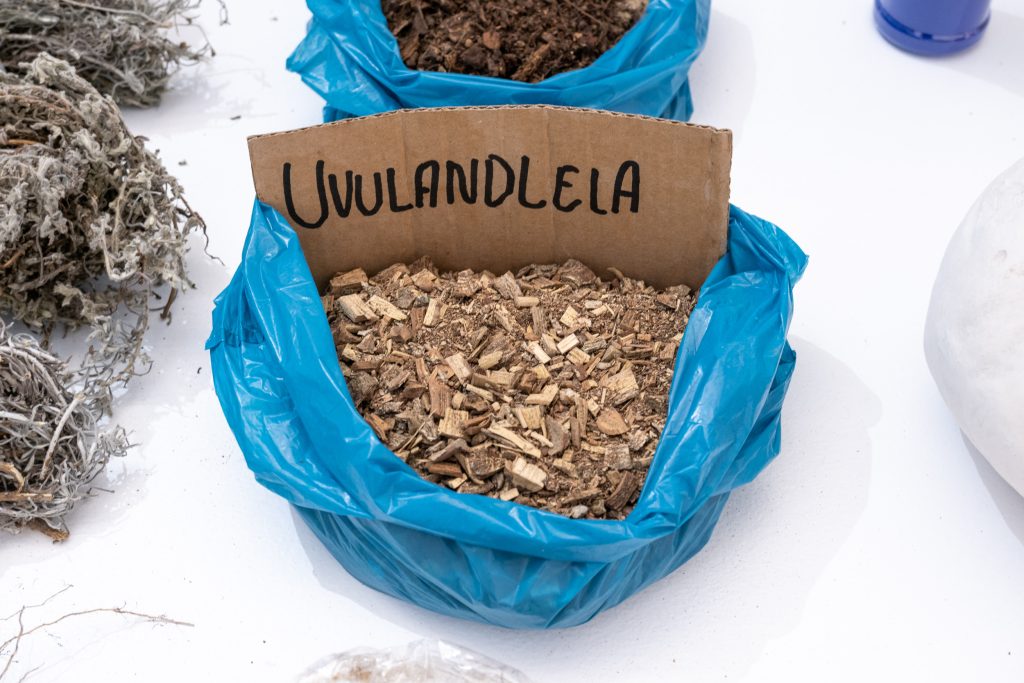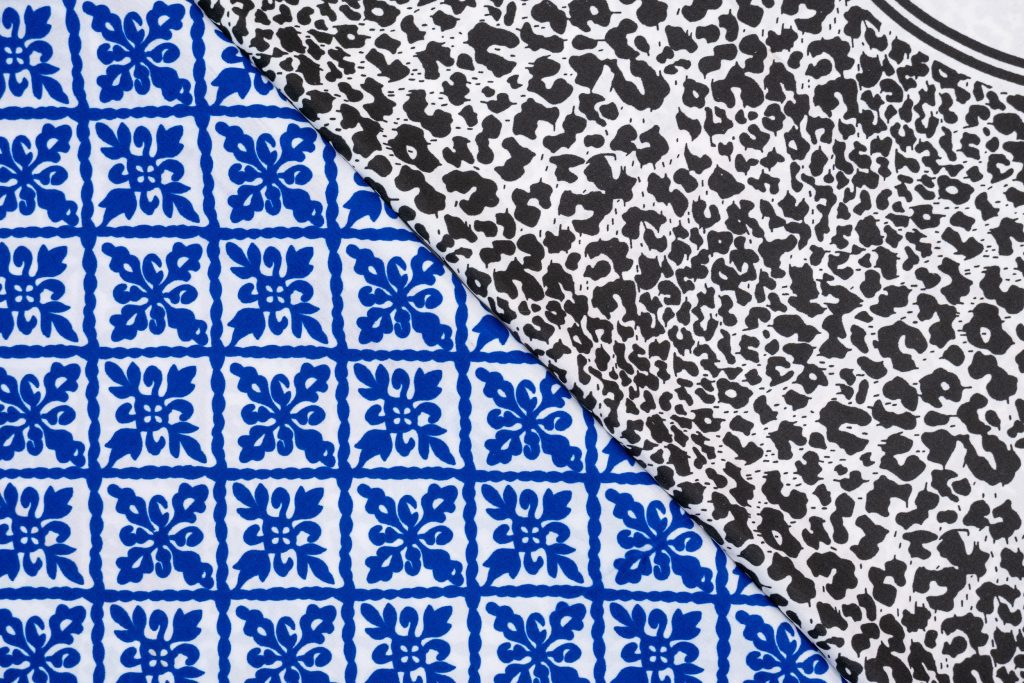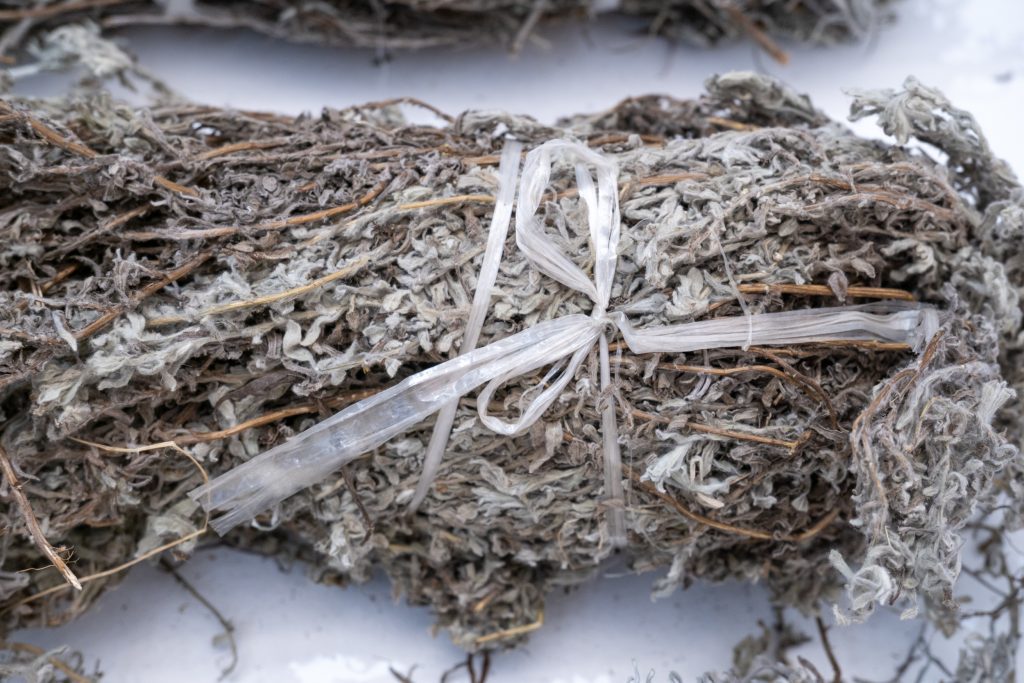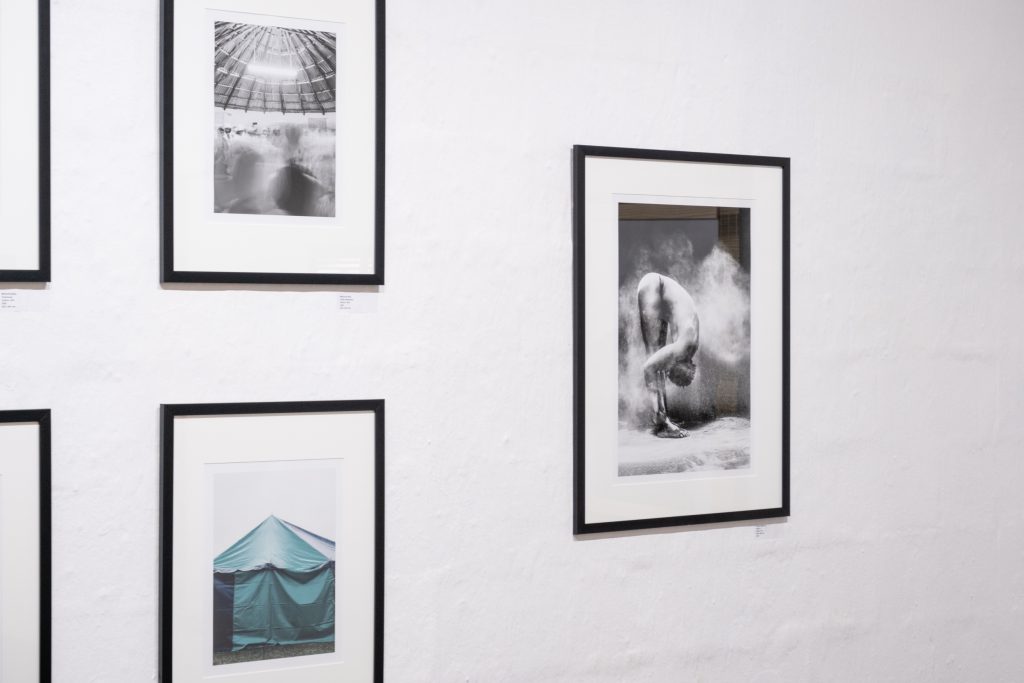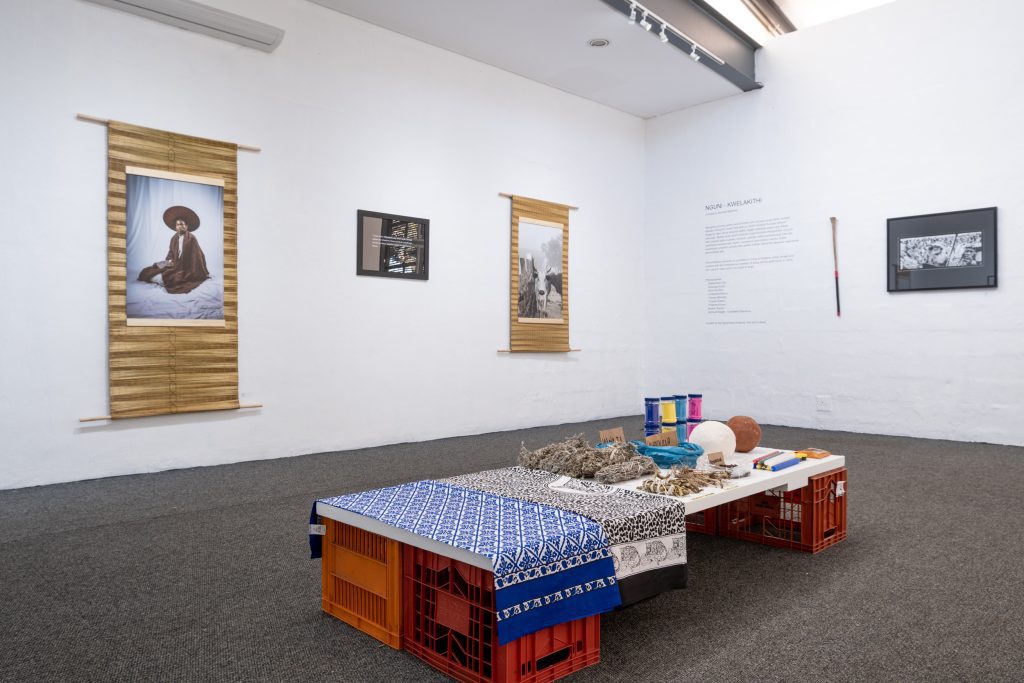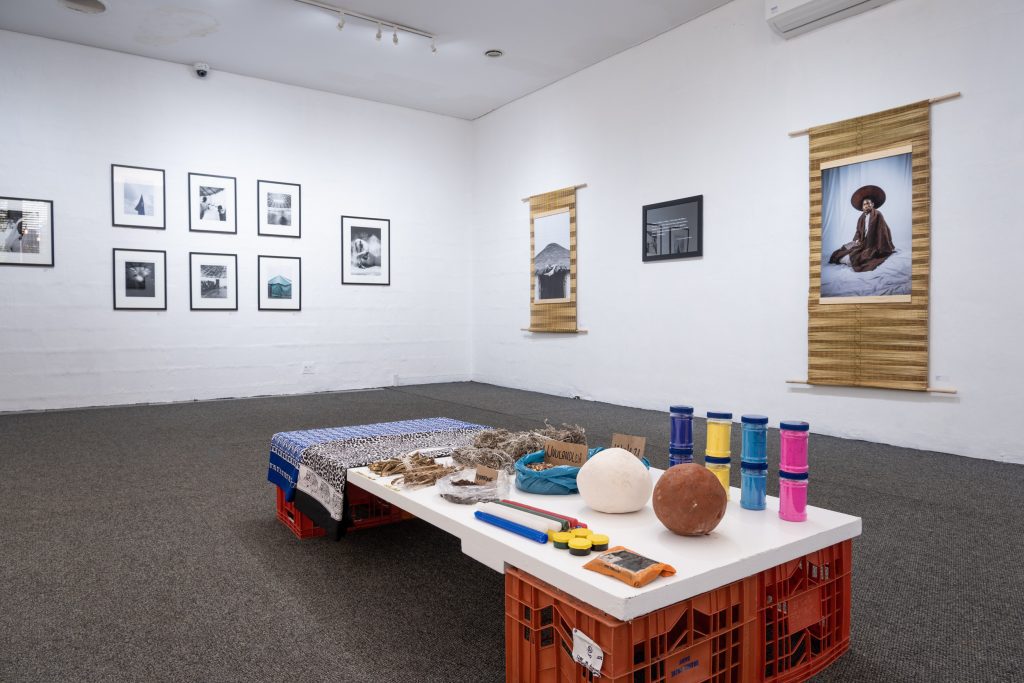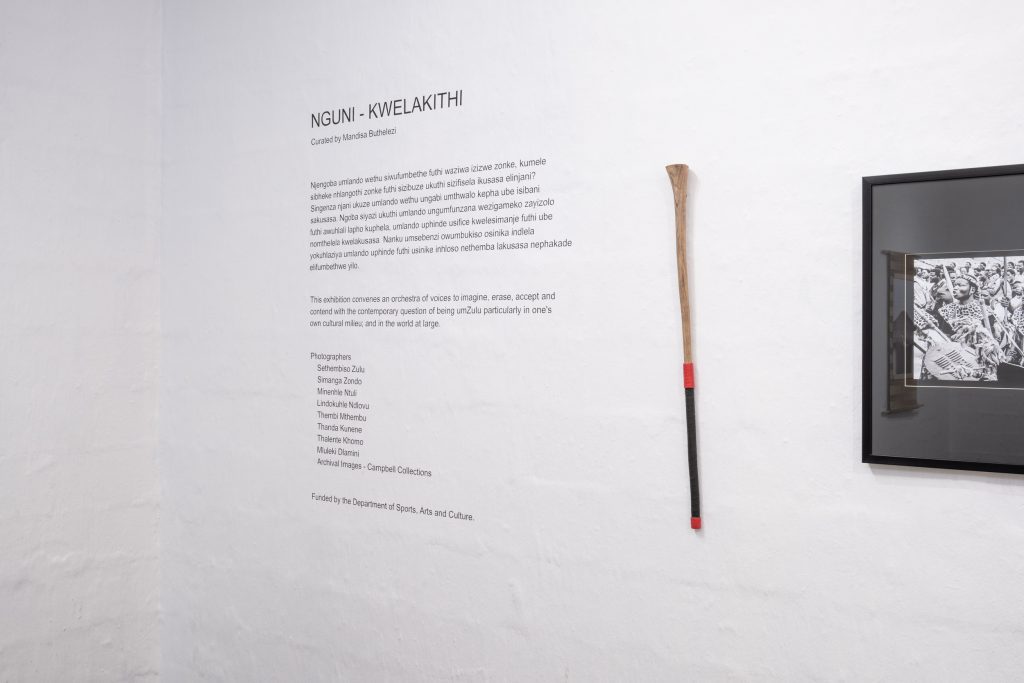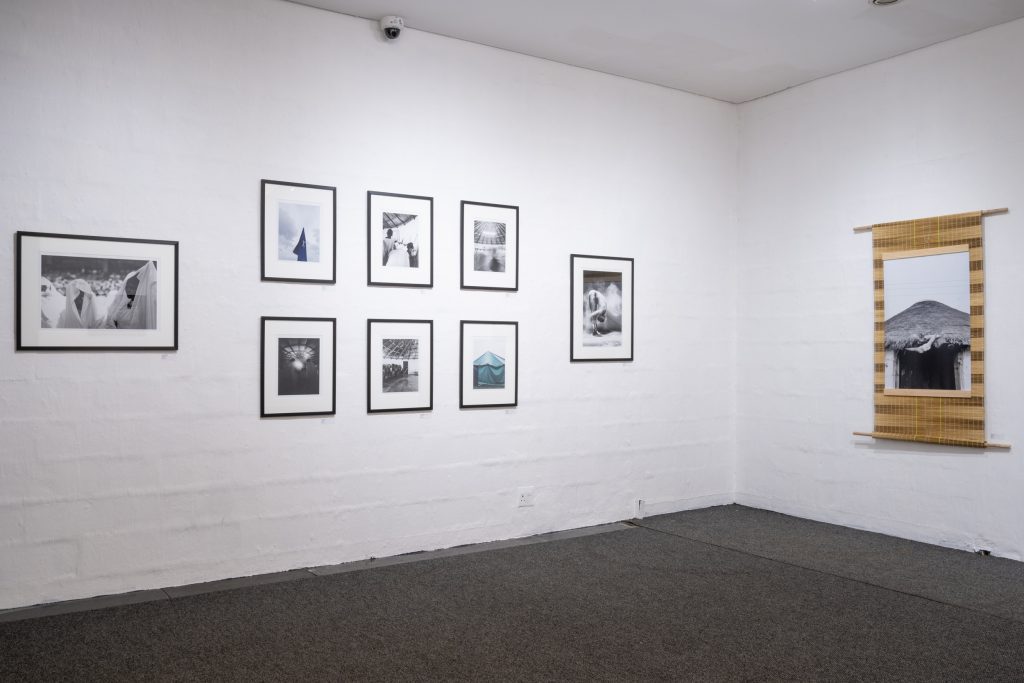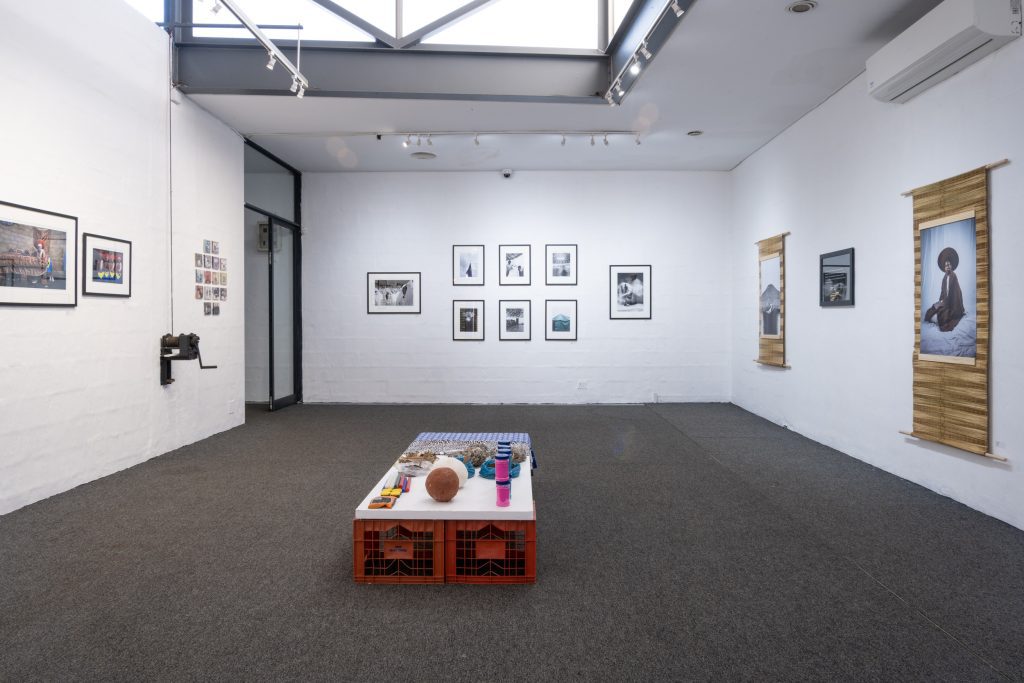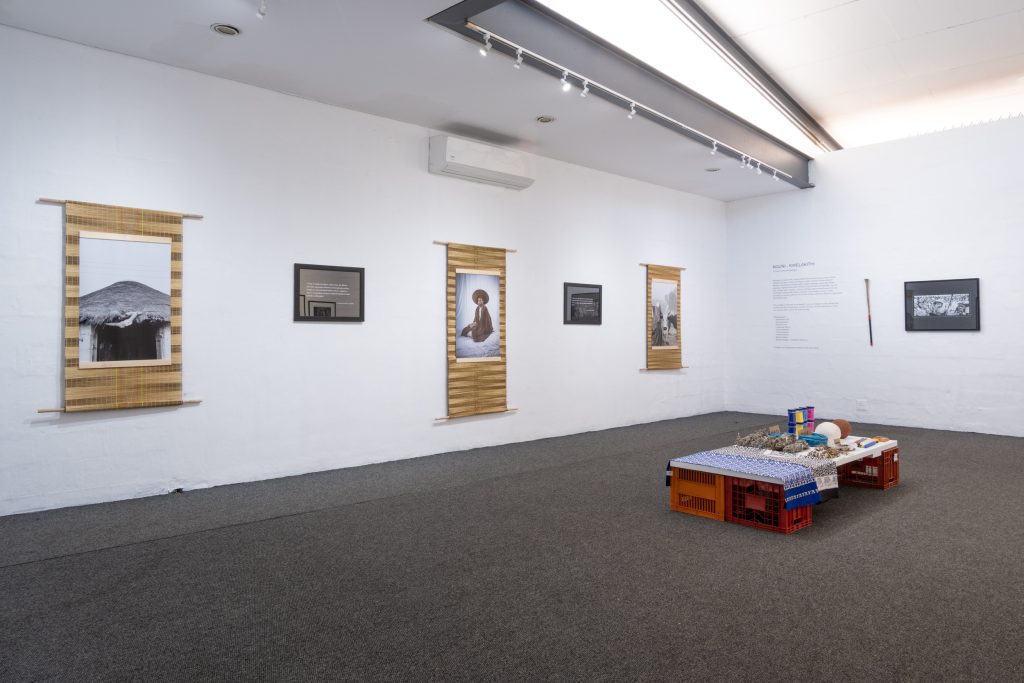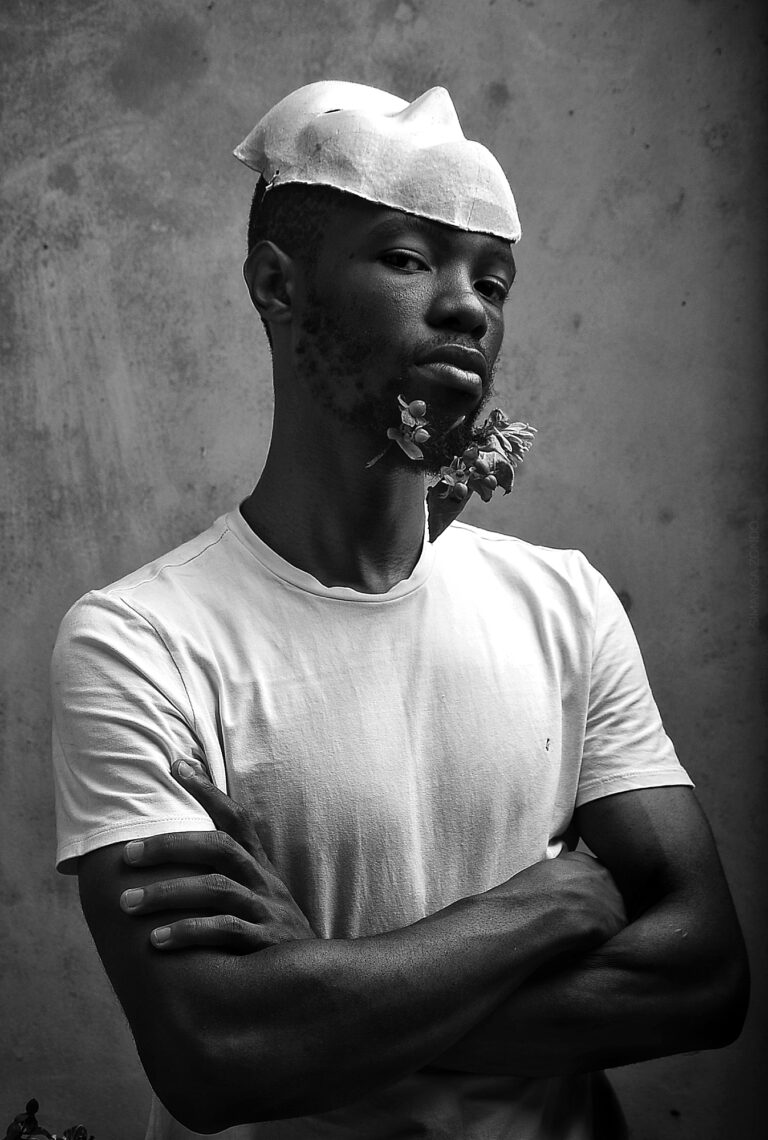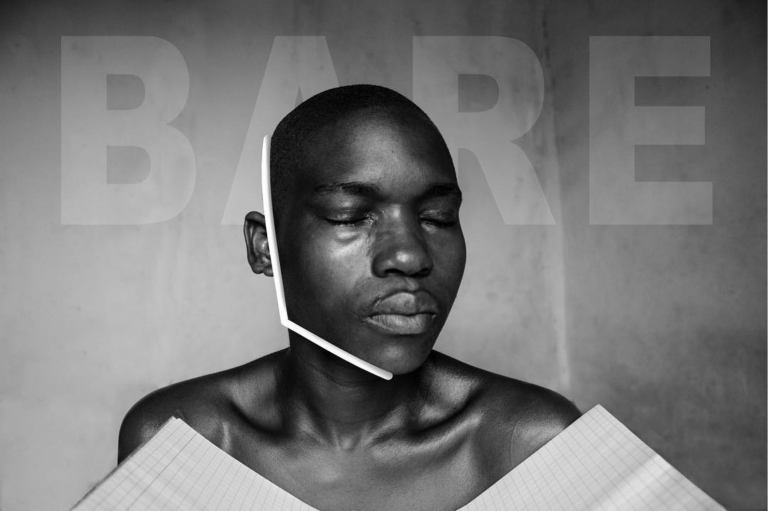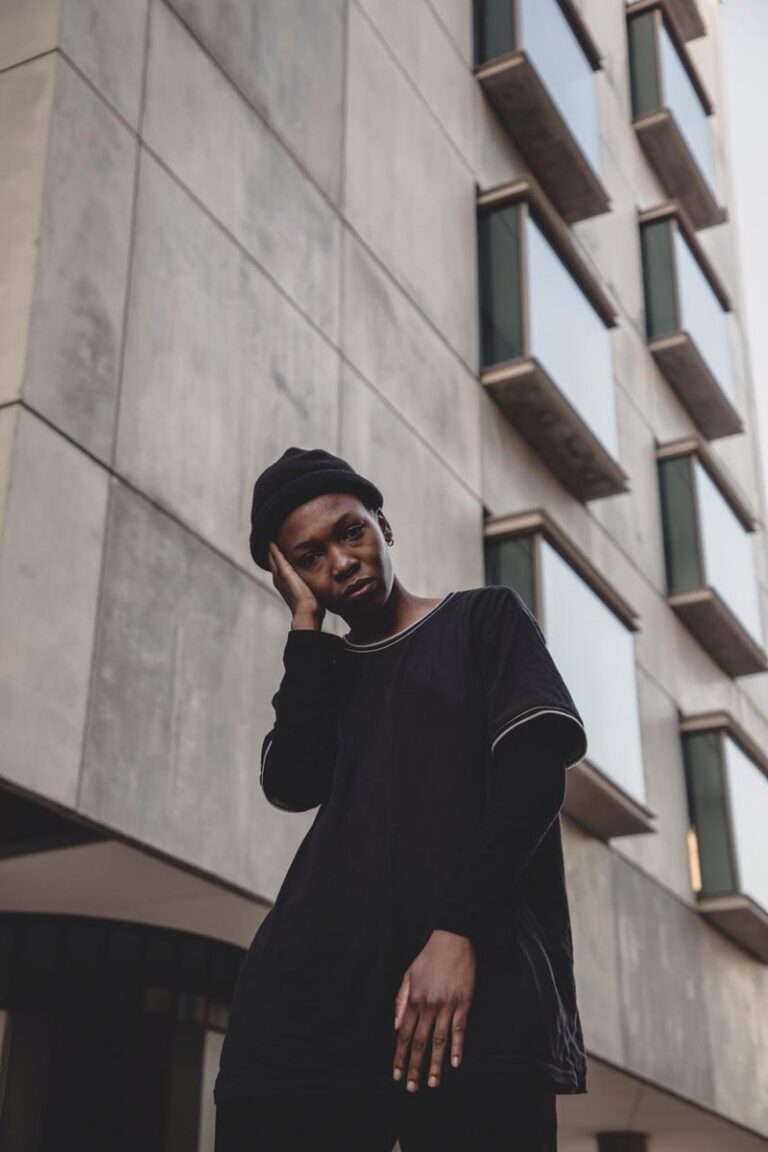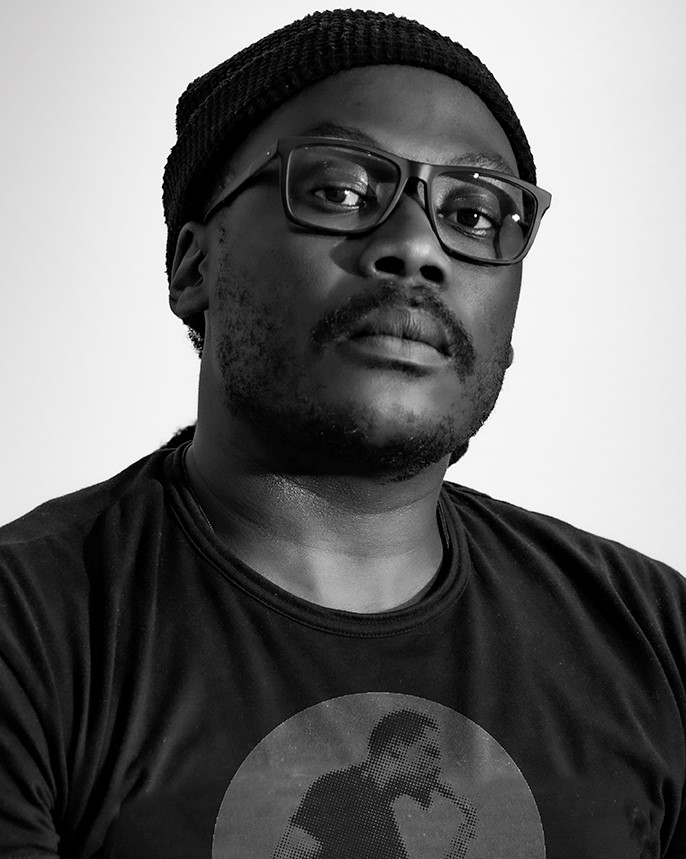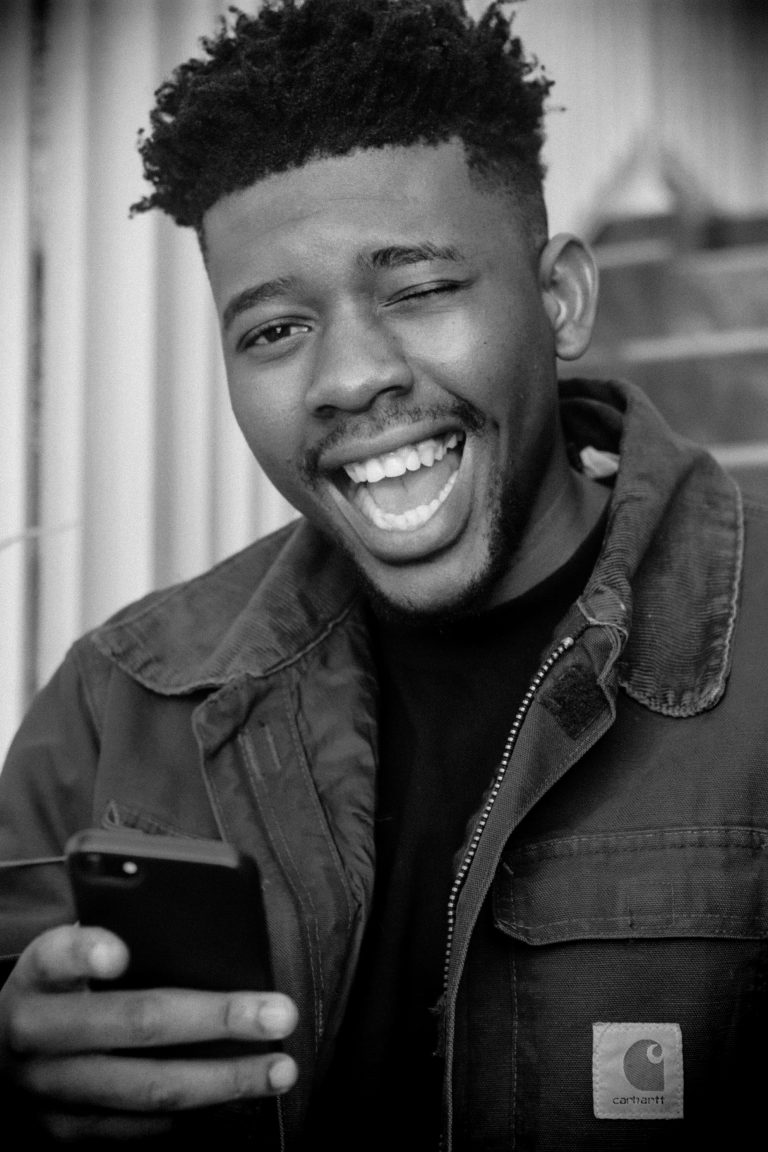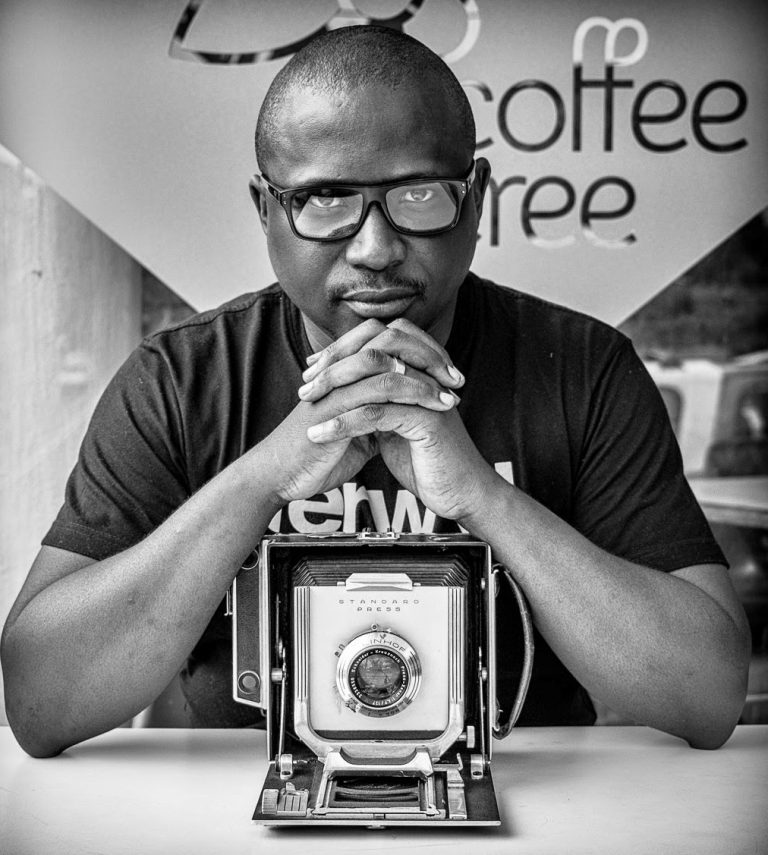Nguni – Kwelakithi

Date
Artists
Sethembiso Zulu
Simanga Zondo
Minenhle Ntuli
Lindokuhle Ndlovu
Thembi Mthembu
Thanda Kunene
Thalente Khomo
Myllo Menorah
Archival Images by Campbell Collections
For more Info, contact us on: gallery@kznsagallery.co.za
Ingabe kuqala kugcine kephi ukuba ngumZulu esikathini sanamhlanje? Ekuguqukeni kwezimo nezikhathi, inqubo siko silithola libugejezi. Esikhathini samanje esikhungethwe ezomnotho namazwe, yinqubo kahulumeni wentando yeningi, ezenkolo kanye nemfundo yeScience; zonke lezizihloko ezokufika kepha sizithola siphila ngaphansi kwazo; kunezwi elibuzayo lithi, konke esikwaziyo ngomlando wethu kuhlalisana kanjani nalezizihloko? Siphuma sibhekephi thina bengabade?
Kepha siphila ngaphansi kwayo, kunezwi elibuzayo lithi konke esikwaziyo ngomlando wethu kuhlalisene kanjani nalezi zinguquko? Abanye basadla ngoludala kepha iso liphinde licoshe ukunyathela kwesimanje manje. UZulu womkana akamncanyane, muningi, uyasabeka futhi akaqedeki. Ngoba ukukhula kuhamba nokufunda, kumele siwabike amaphutha kaZulu khona sizodlondlobala nathi sibe neqhubo. Kepha lokho kwenziwe ngesineke kanye nothando. Lombukiso uyigalelo kuleyo nhloso.
Singaphinde sisho futhi sithi uZulu uhlalelwe yinselelo yokuthi azibone engubuntu bunye nabanye bengabade ahlobene nabo. Ngoba phela naye uyinzalo yalabo abaqala inyathuko enyakatho nezwelikazi lase-Afrika. Umlando wethu uyilungu lomgogodla obanzi wabantu abansundu.
Njengoba umlando wethu siwufumbethe futhi waziwa izizwe zonke, kumele sibheke nhlangothi zonke futhi sizibuze ukuthi sizifisela ikusasa elinjani? Singenza njani ukuze umlando wethu ungabi ngumthwalo kepha ube isibani sakusasa. Ngoba siyazi ukuthi umlando ungumfunzana wezigameko zayizolo futhi awuhlali lapho kuphela, umlando uphinde usifice kwelesimanje futhi ube nomthelela kwelakusasa. Nanku umsebenzi owumbukiso osinika indlela yokuhlaziya umlando uphinde futhi usinike inhloso nethemba lakusasa nephakade elifumbethwe yilo.
Uma ngabe ububanzi bomlando wethu njengesintu uphuma kulaba abazibiza ngamabhinca budlulele nakulaba abazalelwa ngaphesheya kwezilwandle abazimpande zabo zimila kulengabadekazi yase Afrika, buphinde buchithekele kulabo abazinhlanga zimbili (uZulu nolunye uhlanga). Umsebenzi wamaZulu siwumisa kanjani ukuze sihlalisane futhi sisebenzisane simunye ngezinhloso/ nezibopho zePan Afrikanism? Siphakelana ngandlelani nezinye izifunda kwibalazwe lapho kunabanye abantu abansundu emhlabeni jikelele? Yikuphi okubaluleke kakhulu phakathi kokuba ngumZulu, nokuba ngumAfrika noma nje ukuba ngonsundu? Lemibuzo indlalelwe phezu kwezikhalazo ezinxusa abansundu ukuthi bahlanganyele ndawonye ukuze sizitakule emizamweni nobunzima esithwelene nabo umhlaba jikelele. Futhi njengoba sazi kahle kamhlophe ukuthi abokufika baphazamisa inqubo siko yethu. Basihlukanisa kaningana – kunemibuzo esihlalele ethi, iziphi izenzo namasiko aguqulwa ngabamhlophe esisaquba phansi kwawo namhlanje? Kuwumsebenzi kabani ukuqaphela ukubuyekeza nokucabanga kabusha amasiko ethu? Ubani ozosilethela iso elisha elizosibheka kucace?
Ekujuleni kwakhe uZulu ungubani, futhi, uziguqula kanjani?
Nina besizwe sikaPhunga noMageba.
Bayede!
For better or for worse, the parameters for the Zulu archetype are well prescribed. The Zulu person is often associated with a fixed set of images, attitudes and sartorial positions. The Zulu identity has been exploited to a point of near-mythology. The hyper visibility of this identity is an advantage in many ways; yet also a stricture in more ways. This hyper-visibility has locked the character in a staid and static frame therefore producing a parochial figure.
The work, for artists and thinkers of this region is to erase and extend these well- defined parameters. The work is to put pressure on the stereotypes and subvert the tropes in attempt to arrive at some productive tension between that which we have projected to the world and that which has been projected onto us. What else is available to us when we erase and refuse the barrage of stereotypical images that have come to characterise the people native to kwaZulu? Simultaneously, how; and through which modes do we accept the shortcomings of our tradition? At which point does this tradition build cultural fluidity? And exactly what is being claimed when a person calls themselves umZulu? How is the identity and tradition of being Zulu prescribe and determine faith? How are the people from this category supposed to negotiate the matter of political governance against a traditional leadership structure?
At the crossroads of this identity is the hierarchy or perhaps the quagmire of being black, Afrikan, human, baNtu, South African and still claim to be umZulu. What complexities lay at the interstices of these labels?
How does one’s pride in their Zulu heritage rub against the ideals of Pan-Afrikanism? How does a hyper-localised tradition meet the globalised discourse on black existence?
This exhibition convenes an orchestra of voices to imagine, erase, accept and contend with the contemporary question of being umZulu particularly in one’s own cultural milieu; and in the world at large. If the camera was the primary weapon to bring the native to the world, herewith the camera is used to introspect upon ourselves for our own sense-making.
Ingqoshi
202
Series: Ekhaya
297 x 420 mm
edition 10 of 50
R2 000
Abaphansi
2022
594 x 841 mm
Edition 1 of 8
R14 167
AmaNazaretha 9
2018
Series: AmaNazaretha
594 x 420 mm
Edition 4 of 25
R17 500
Ekasi Olympics
2021
Series: Ithi Ingahamba Idle Udaka
420 x 297mm
Open edition
R3 334
Sibahle
2014
Series: Barren Land
297 x 420 mm
Edition 2 of 2
R9 167
iKhaya
2021
Series: Ithi Ingahamba
Idle Udaka
420 x 297mm
Open edition
R3 334
IKist I, 2015
Series: IKist
420 x 594 mm
Edition: A/P
Not for sale
IKist II, 2015
Series: IKist
594 x 420 mm
Edition: A/P
Not for sale
IKist III, 2015
Series: IKist
594 x 420 mm
Edition: A/P
Not for sale
Isidlo Sasemini
2021
Series: Ithi Ingahamba Idle Udaka
420 x 297mm
Open edition
R3 334
Mbatha – 1st Wife pride
2015
Series: Mbatha Family
420 x 297mm
Open edition
Price on request
Mbatha – 1st Wife pride
2015
Series: Mbatha – Mbatha Wives
420 x 297mm
Open edition
Price on request
Mbatha – 2nd Wife
2015
Series: Mbatha Family
1189 x 841 mm
Open edition
Price on request
Izoso: The Gathering
2022
Series: Ekhaya
297 x 420 mm
Edition 1 of 50
R2 334
Umcebo
2021
Series: Ekhaya
594 x 841 mm
Edition 1 of 50
R3 334
Isisekelo
2022
Series: Ekhaya
594 x 841 mm
Edition 3 of 20
R3 000
Isiguqo
2022
Series: Inkanyezi Yokusa
297 x 420 mm
Edition 4 of 20
R2 000
Isimemo
2022
Series: Inkanyezi Yokusa
297 x 420 mm
Edition 5 of 50
R2 000
Umlilo WaseZion
2022
Series: Inkanyezi Yokusa
297 x 420 mm
Edition 6 of 20
R2 250
Indumiso
2022
Series: Inkanyezi Yokusa
297 x 420 mm
Edition 7 of 20
R2 000
Ingqoshi
2022
Series: Ekhaya
297 x 420 mm
Edition 10 of 50
R2 000
Indlu Yokukhonza Nokubonga
2022
Series: Inkanyezi Yokusa
297 x 420 mm
Edition 9 of 50
R2 000
Untitled
2018
Series: Msinga Fashion Portraits
297 x 420 mm
Open edition
Price on request
Untitled
2017
Series: Msinga Fashion Portraits
297 x 420 mm
Open edition
Price on request
Untitled
2018
Series: Msinga Fashion Portraits
297 x 420 mm
Open edition
Price on request
Omama Bomthandazo
2021
Series: Ithi Ingahamba Idle Udaka
594 x 420 mm
Open edition
R4 167
Hloni
2014
Series: Barren Land
420 x 297 mm
Edition: 1 of 2
R7 500
Spirit II
2016
420 x 594 mm
Edition 1 of 8
R9 167
Mkhe, Gogo, Khulu
2019
Series: Mthunzi Wesithunzi IV: Ukuthwebuala
420 x 594 mm
Edition 3 of 5 + 2APs
R13 000
Untitled 5
2015
Series: Women’s Month
420 x 594mm
Edition 1 of 5
R5 834
Untitled
2017
Series: Msinga Fashion Portraits
297 x 420 mm
Open edition
Price on request
Wesithunzi
2019
Series: Mthunzi wesithunzi IV
420 x 594 cm
Edition 4 of 5 + 2Aps
R13 000


